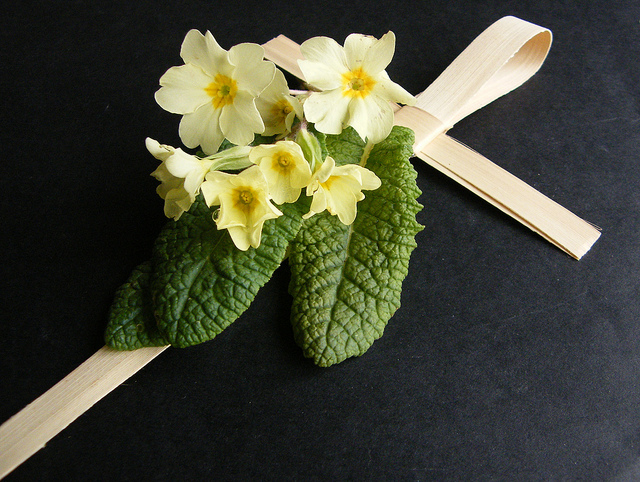
Hosanna it is Palm Sunday
Hosanna for the Lord comes, a phrase etched in the minds of all believers. A phrase that echoes every year on Palm Sunday, reminding all of the passion of Christ, of the deliverance he promises to those who rejoice in his name. The symbolic palm fronds used in Palm Sunday celebrations were similarly waved to by the people of Jerusalem in the final journey of Jesus to the holy city.
The story
The New Testament marks the story of Jesus’ return to Jerusalem in all four canonical gospels. Jesus on reaching Bethpage on the Mount of olives supposedly sends out two of his disciples to bring a donkey and its foal, and rides into Jerusalem on the same. As he enters the people of Jerusalem welcome him with shouts of welcome and by throwing their cloaks on his way in welcome. Children and elders alike also threw or waved the rushes of palms in welcome. It is also recorded in Luke that Jesus weeps for the holy city, in anticipation of the sufferings of the city, as he approaches Jerusalem. This is referred to as Flevit super illam.
Symbolisms
There are various symbolisms embedded in this story. Some based in jewish traditions, some in Greco roman ones and some even Egyptian. Some of these include:
The return of Jesus marks his claim as the king of jews
His return on a donkey marks his claim as a prince of peace rather than a war mongering king as would have been marked if he returned on a horse
The throwing of cloaks is symbolic of the way the path of a king is covered in welcome and respect.
The palm trees are symbolic of Greco roman worship of the goddess of victory Nike
The very procession may be equated with a roman triumph, where a conquering king returns in victory and forsakes his weapons and takes up garments of peace adorned with palm
Egyptians carried palms in funeral processions as symbols of eternal life. Thus this may mark as a symbol of Jesus’ journey towards crucifixion and subsequent eternal life on resurrection.
Modern practice
In continuation of the symbolism and myths of the story of Palm Sunday, the celebration marks the beginning of the holy week. This is the last Sunday of the period of fasting referred to as Lent. Palm Sunday follows Lazarus Sunday, or the day Jesus made Lazarus rise from the dead. The worshippers receive palm fronds at the entrance of the church. Some of them take these as blessings and keep them for use in the following years Ash Wednesday celebrations. In Russian Orthodox Church prior to the rule of Peter I, the Tsar humbly led a procession on foot with the Patriarch of Moscow rode a symbolic donkey. In India, Kerala particularly, in some Churches the sanctuary of worship is strewn with marigolds instead of palms as an amalgamation of the Christian rites with hindu ones preceding the evangelism of St Thomas. Regions where there is a paucity of palms have taken to using Yew, willow and such as alternatives. It may be noted that there is no canonical restriction of the branches to palms. It thus sometimes referred to as Branch Sunday. The palms so blessed are considered sacramental in the Catholic Church. The vestments for the day are kept as a scarlet red to represent the supreme sacrifice of Jesus in bearing our sins. In some customs straw effigies representing the traitor Judas Iscariot were stoned and burnt.
A joyous day
Palm Sunday is thus a joyous day not just because it represents the day Jesus is accepted as the messiah but also the first day towards his resurrection. In continuing tradition to this day, Palm Sunday is celebrated with vigor acknowledging that Jesus is the messiah. Even among some Jews, particularly Jesus for Jews, this Sunday before the feast of Passover is celebrated. Jesus is acknowledged as the king of zion, just as the multitude had welcomed him. The cries of hosanna that had rung in the streets of Jerusalem welcoming the Lord’s lamb into Jerusalem resound even to this day. It is more relevant today, as it marks out the hope amongst these dreary times that only a belief in Jesus might afford.
BY SOUMYASHREE CHATTERJEE







